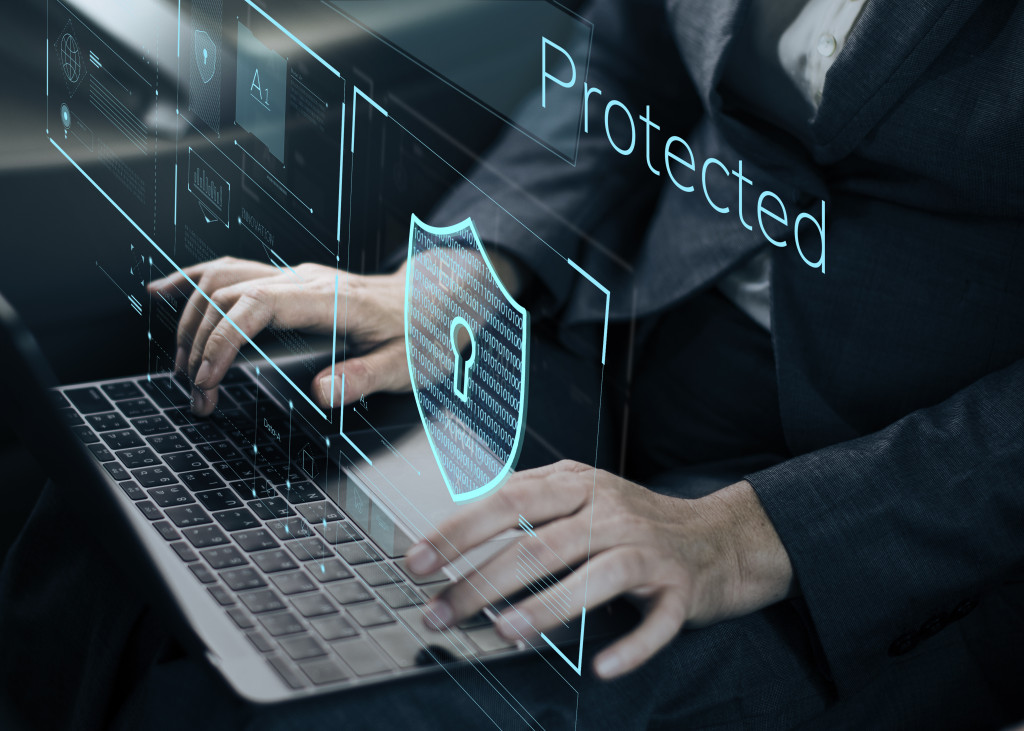The global pandemic has forced businesses to adopt the work-from-home (WFH) policy. But as companies have resorted to this, cybersecurity has become a growing issue. Some cybercriminals take advantage of this while most employees are working from home.
A perfect example is the COVID-19-themed phishing e-mail. Online crooks lure individuals into clicking links and providing them with confidential information. If your employees aren’t wary of phishing, they might fall prey to this scam. Thus, boosting your cybersecurity is now more important than ever.
Here are four robust ways to protect your business from cyberattacks:
1. Assess your business and identify potential threats
The initial step to take is to assess the type of business or organization you run. From there, check to see how the WFH setup can impact your bottom line. Also, assess what cybersecurity issues can possibly arise. For your reference, here are some cyberattacks your employees might encounter:
- Phishing: This attack tricks unsuspecting individuals into providing valuable information. These include passwords, bank details, and credit card information.
- Malware: This application performs a handful of malicious attacks. These include accessing a private network, spying on users, or causing business disruptions.
- DDoS attack: This stands for Distributed Denial-of-Service. This floods a target server to cause disruptions and affect business performance.
- MITM attack: This stands for the man-in-the-middle attack. This intercepts the communication between parties to spy on users and steal information.
- SQL injection: This attack targets SQL databases. It uses statements to query data via an HTML form.
- BEC: This stands for business email compromise. This scam type tricks unsuspecting individuals into transferring private funds into their accounts.
2. Set cybersecurity guidelines in place
Now that you’ve identified potential threats to your business’ cybersecurity, it’s time to set robust guidelines in place. These guidelines go from the simplest steps to the most complex ones. Be sure to orient your employees before deploying them into their WFH setups. Set accountability in case they fail to follow your cybersecurity guidelines. Below are common cybersecurity steps they must take:
- Password creation: Ensure your employees create strong passwords with letters, numbers, and special characters. Require them to change their passwords regularly.
- Email security: Orient your employees on how to keep their emails secure while working from home. Let them be wary of opening suspicious emails, downloading attachments, and clicking links.
- Software and hardware update: It’s best to have your IT specialists assist your employees in setting up their devices at home. Ensure they deploy protected hardware and install secured software.
- Securing WiFi access: The best course of action is to provide a managed server for all your employees working from home. If they have alternative WiFi connections, have them use a Virtual Private Network (VPN) for protection.

3. Strengthen your cybersecurity
Cybersecurity starts with the business or organization leaders first. Sit down with your IT team and plan on your cybersecurity strategies before allowing your employees to WFH.
The first thing to do is to secure your server by working with a reliable service provider. The next step is to update all the software and hardware with the latest, patched versions. This can go as simple as installing antivirus software and anti-malware apps. Also, run programs designed to detect and eliminate cybersecurity threats.
In addition, consider network micro-segmentation to manage controls of individual devices. Plus, don’t forget to set cloud backup and disaster recovery in place for your business. Lastly, establish a contingency plan for combating cybersecurity attacks.
4. Separate work from personal life
The employees are the lifeblood of a business or organization. And when it comes to cybersecurity, they are the first line of defense. But the WFH setup can be such a game-changer for employees.
One problem encountered is how these employees manage to separate their work and personal life. It’s best to provide your employees with company devices such as laptops used for work.
If your company is cost-cutting, have your employees use their personal devices. But provide benefits for their maintenance and upgrade. Also, educate your employees about the importance of separating work and personal life. If it helps, be sure to set up remote monitoring during working hours.
Cybersecurity is something that every business must not neglect, especially during this pandemic. If you’re looking to protect your business from cyberattacks, identify potential threats and set cybersecurity guidelines. Also, strengthen your cybersecurity and ensure employees separate their personal life from work. With all these key measures, you’ll be able to protect your business amid the pandemic and in the long run.



